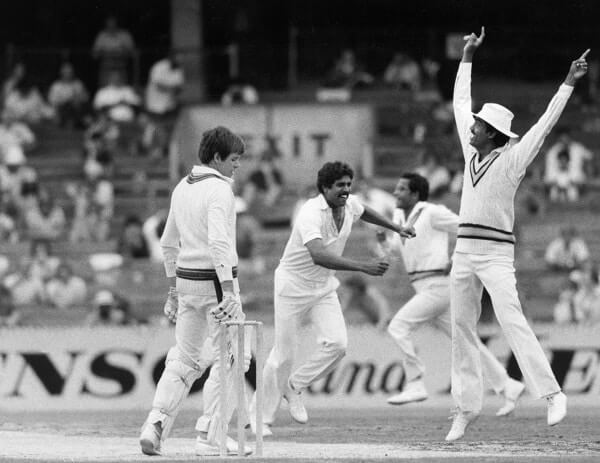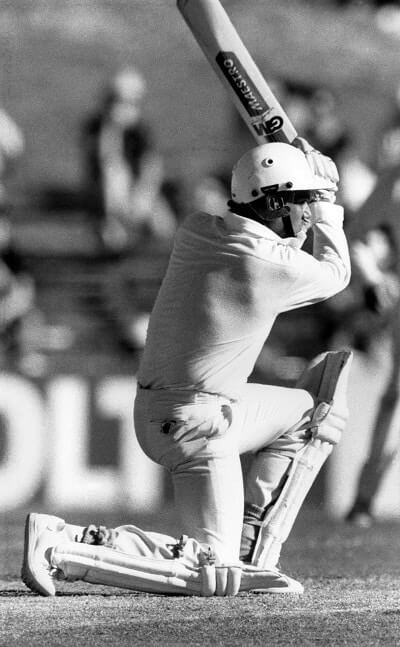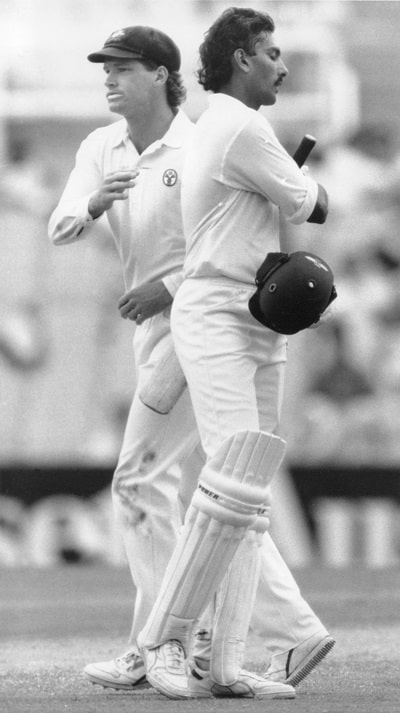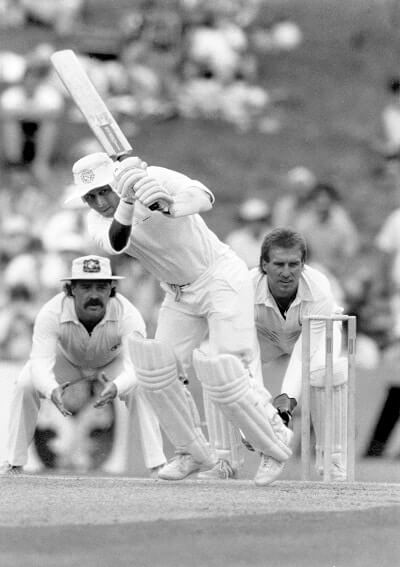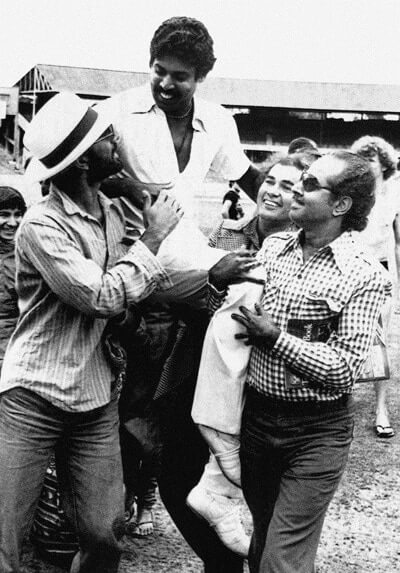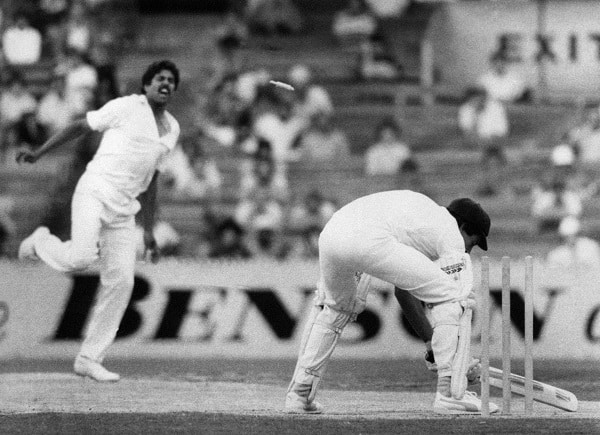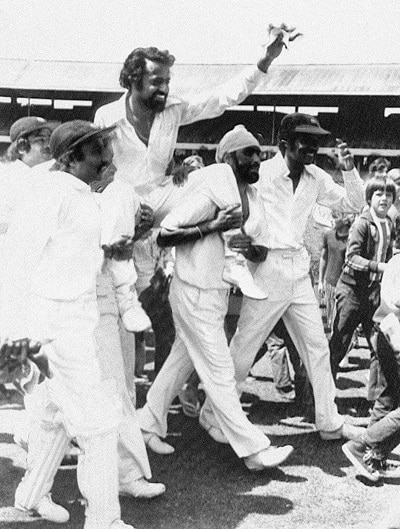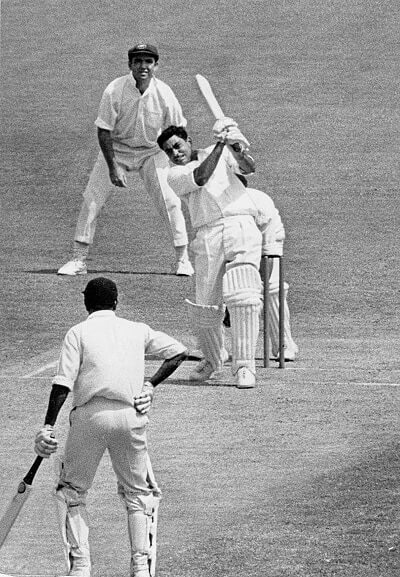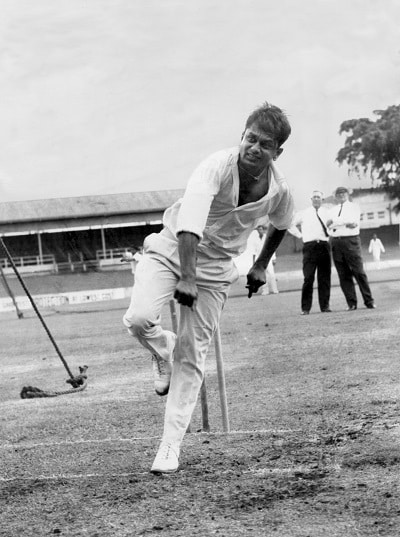When former Test opener and chairman of Cricket Australia, Wally Edwards, was made aware of a long-lost archive of 38,000 Fairfax cricket photographs ready to be repatriated to Australia from the United States, he knew the opportunity was too good to pass up. With no other takers for the photos, Edwards, a Board member of the Bradman Foundation, bought the photos himself for $1 apiece, and promptly donated them to the Bradman Museum.
Famed for his unwavering “all-or-nothing” approach, Edwards then commenced the publication of four books aimed at bringing the photos to life, with the flagship book – India’s 71-Year Test – being launched by Ravi Shastri ahead of the third Test between India and Australia this summer. It marked the end of a saga that threatened to rob from Australia a large chunk of its cricketing history, while opening a new chapter for the long-forgotten – and fleetingly unwanted – photographs. The first half of this saga was a tale of cross-border deceit, indictment and imprisonment, but the second is of history, culture and art.
At the heart of it all lies the gentleman’s game.
In 2013, Fairfax Media entrusted American businessman John Rogers with the digitisation of Fairfax’s priceless photo archive. The project would see Rogers’ company, Rogers Photo Archive, scan and tag the millions of photos and negatives in the Fairfax cricket archive, in return for the right to sell the originals. What Fairfax didn’t know at the time was that Rogers Photo Archive was under investigation by the FBI for fraud, and was ultimately placed into receivership, with the vast collection of photos left to sit idly in a warehouse following raids by authorities.
As the dust settled, it emerged that only a quarter of the photos appeared to have been digitised, with many originals unaccounted for, including after it emerged that Rogers’ wife had sold many originals on eBay before they had even been scanned. Rogers himself was sentenced to 12 years in federal prison and ordered to pay US $23 million in restitution to his victims, thought to be the most significant sentence ever for sports-memorabilia related fraud.
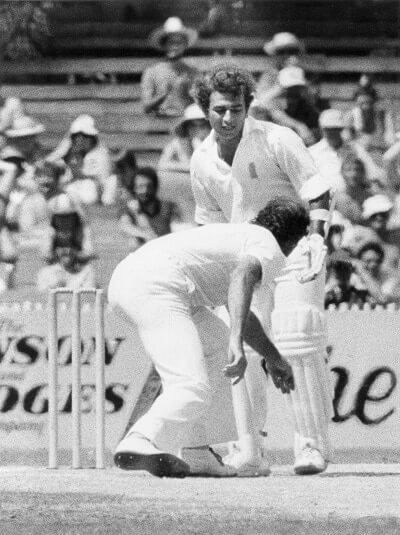
It was not until 2017, when Duncan Miller, the director of an art gallery in California, purchased the archive from court-appointed receivers, that there was any renewed hope of bringing the archive of Fairfax cricket photos back to Australia. Miller shopped around the collection – now valued at a staggering US $82 million – but struggled to find interest from cash-strapped media organisations, let alone the charitable Bradman Foundation who could not justify spending the cash required to acquire the cricket-related photos in the archive, especially with no guarantee of making a return on the investment.
This is where Edwards stepped in. A cricket tragic by any measure of the term, Edwards’ love affair with the sport started with a ball tied on the end of a string in his hometown of Muchea, a small town some 50km north-east of Perth. Yet by the time he was 15, Edwards was playing junior cricket in the morning and senior A-grade cricket in the afternoon, with good form driving his selection for the embattled Western Australia state team. On the back of an excellent start to his Sheffield Shield career, Edwards was selected for the Australian national side.
READ ALSO: India’s 71-year test: a coffee table book
Edwards’ time donning the baggy green may have been brief – he is the first to tell you he was perhaps a touch fortunate to play Test cricket – but his time as an administrator was anything but. A long-serving board member of the Western Australian Cricket Association, Edwards also served 19 years on the Cricket Australia board, including four years as Australia’s board member on the ICC executive committee. During his time, Edwards was instrumental in developing women’s cricket, including the era-defining 2015 launch of the Women’s Big Bash League.
Part of Edwards legacy also lies in the controversial centralisation of power in cricket amongst the “Big Three” nations of Australia, England and India, and unsurprisingly his relationship with his Indian counterparts during his time at the helm of Cricket Australia was a strong one. “I made [dealing with the BCCI] a high focus of mine”, says Edwards.
“As soon as I became chairman, I went to India to meet [former BCCI President] N Srinivasan and others. I think we got on very well and I think we achieved quite a lot in terms of reforming the ICC. We broke the Test club up, introduced the concept of ‘meritocracy’ and made it a lot easier for teams like Afghanistan and Ireland to become Test match playing countries. It used to be highly political – and it probably still is – but now there’s processes in place so that if a country is good enough, they can become a Test match playing nation. I enjoyed working with Srinivasan, I found him a very engaging and intelligent man. He certainly had Indian cricket at heart, no questions about that. He’s helped bring Indian cricket to the fore.”
With cricket all but running through his veins, it was natural that Edwards, pounced at the opportunity to buy the archive of Fairfax cricket photos through his company, Holman Industries. “I thought this sort of stuff is why the Bradman Foundation is around: to collect these photos, protect them, and use them,” says Edwards. “But running a museum, you don’t make any money, so I bought the photos and donated them to the Bradman Museum. I also gave a commitment to see what we could do to get them out of the archive and into some form of book or other things that might be able to generate some revenue for the Bradman Foundation as well, rather than leave the photos sitting in an air-conditioned climate-controlled environment.”
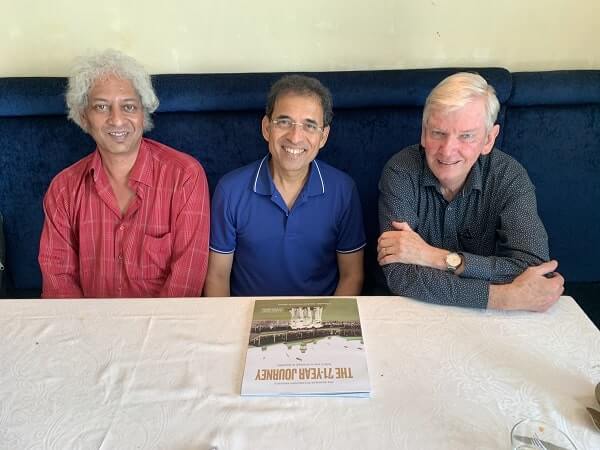
The natural pathway to achieve this was through the publication of books – again, a venture Edwards needed to self-fund. Edwards’ first port of call was Phil Bonser, the Managing Director of Churchill Press, with whom Edwards inspected hundreds of photos from the vast Fairfax archive of cricket photos.
The pair initially decided to publish two books – Clearing Boundaries, a book about the history of women’s cricket in Australia, and, with a nod to India’s first-ever away Test series win over Australia, India’s 71-Year Test. As it turned out, Edwards and Bonser also published two smaller books, telling the tale of Shane Warne’s baggy green which raised over $1 million at auction during Australia’s tragic 2019/20 bushfire season and is now housed at the Bradman Museum, and a Justin Langer-authored reinvention of Sir Donald Bradman’s famous 1958 book The Art of Cricket.
“When we started the whole process of buying the photos, that was around when India won [the 2018/19 Test series],” says Edwards on the decision in December 2018 to publish India’s 71-Year Test. “It was a huge achievement for India, and I don’t think it got enough airtime. It needed to be celebrated, and the fact that the photos were there, we wanted to do something a bit different. We didn’t want to just do another book on Australian cricket – we didn’t want to just trace the history. We wanted to present cricket in an enjoyable, easy to read way, so that the average person can turn the pages and even in half an hour get a good handle on the history of what we are talking about. That’s what photos do, when accompanied by some nice commentary, and that’s what the style of these books is.”
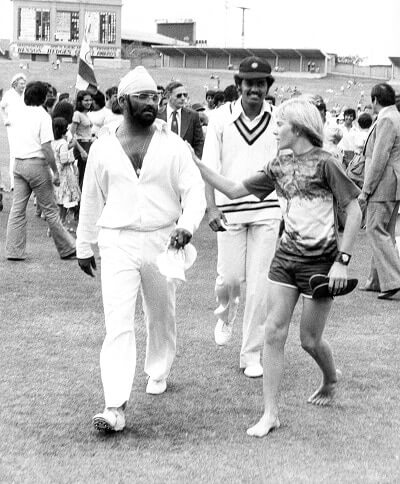
Edwards’ comments are echoed by Bonser, who references a chance meeting with Harsha Bhogle during the second Test of the 2018/19 Border Gavaskar series in Perth. “[Bhogle] agreed with my inkling that, should India take out the series in Australia for the first time, it would be a momentous achievement worth documenting in its entirety,” says Bonser. “At that point he introduced me to author R Kaushik, and we started from there – with [designer] Matt Bonser and I digging through the same trove of historical images in the Bradman Museum’s Holman Collection that underpinned Clearing Boundaries. Twenty-four months later, COVID notwithstanding, India’s 71-Year Test was launched by Ravi Shastri at the SCG.”
Speaking about the ongoing importance of preserving cricket’s history, Edwards reflects on lessons he learned during his time at the helm of Australian cricket. “In a way, the Bradman Museum is looking for its place in cricket,” he says. “I regret that when I was chairman of Cricket Australia, I didn’t show more interest in the Bradman Museum and the Foundation. It’s only now that I’ve been involved with the Foundation for half a dozen years that I appreciate that it’s very important for Cricket Australia to have an archive like this.
“We are very lucky to have a museum to tell stories about our past and collect history as it happens. In England they have Lords, and we would like the Bradman Museum recognised in everyone’s eyes as where cricket’s heritage is housed and looked after, and its stories told. It is about more than just Australian cricket, and it has to be enhanced, not diminished,” concludes Edwards.
READ ALSO: Steve Waugh’s India: where cricket gives hope and happiness



